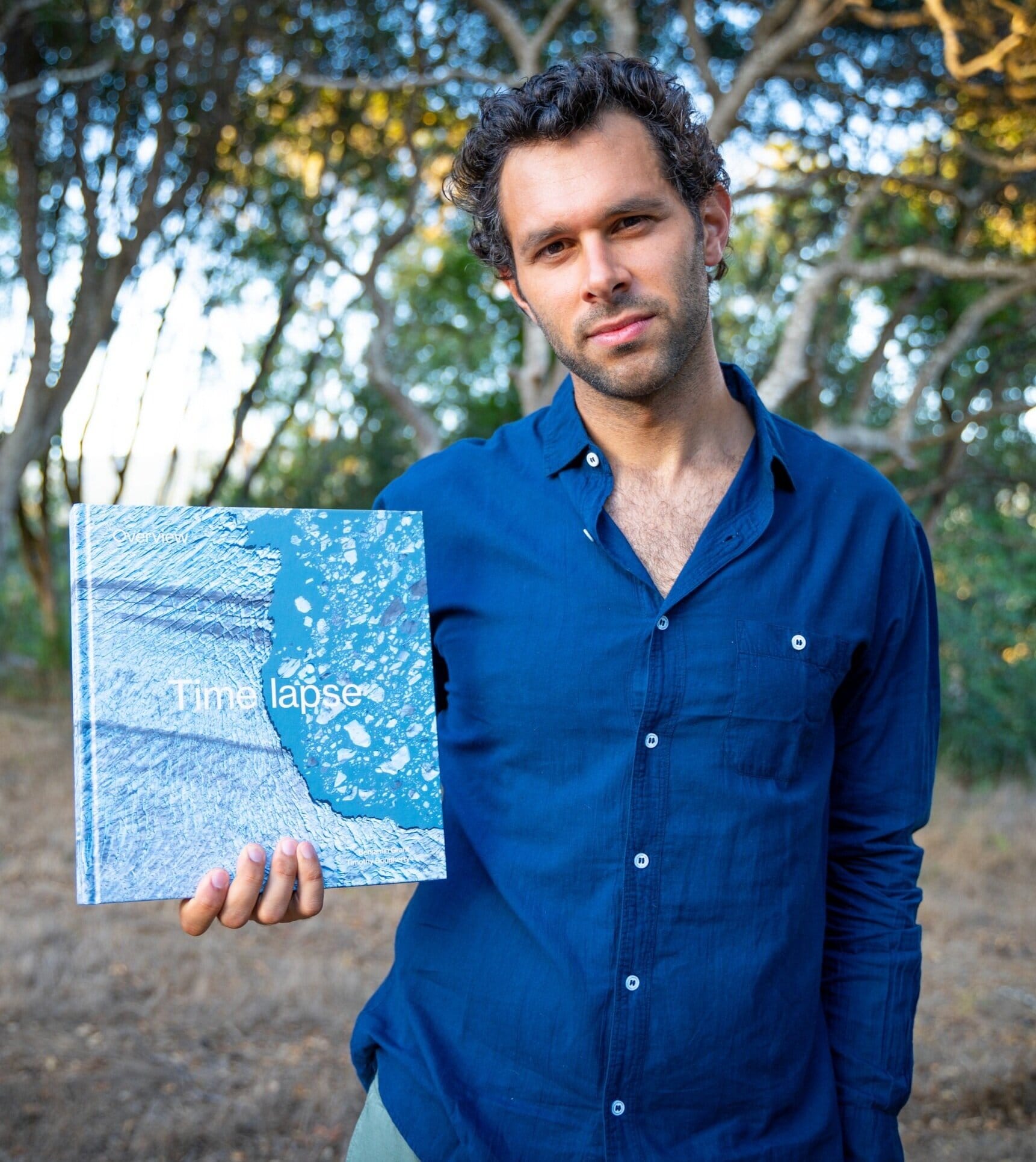Ever found yourself staring blankly at a New York Times Crossword clue, wondering if you accidentally picked up a cryptic message instead? Don’t worry, we’ve all been there! The NYT Crossword is notorious for its clever wordplay, and the “Grant or Benjamin” clue is a perfect example. But fear not, we’re here to break down this puzzle and equip you with the knowledge to conquer even the trickiest of clues.
Unveiling the “Grant or Benjamin” Mystery
The answer to the “Grant or Benjamin” clue? It’s LARGEBILL.
Confused? Let’s break it down:
- “Grant”: This refers to Ulysses S. Grant, the 18th President of the United States, whose face graces the fifty-dollar bill.
- “Benjamin”: This points to Benjamin Franklin, the iconic figure on the hundred-dollar bill.
The common thread? Both presidents are featured on bills with relatively “large” denominations, hence the playful nickname “Largebill.”
This clue exemplifies how the NYT Crossword goes beyond simple definitions, challenging you to:
- Think laterally: Connect seemingly unrelated concepts (presidents and nicknames).
- Decipher wordplay: Recognize the double meaning of “bill” (both a person’s nose and currency).
- Leverage diverse knowledge: Draw on history, pop culture, and more.
Tips for Tackling Tricky Crossword Clues:
- Embrace the Ambiguity: Crossword clues thrive on puns, double entendres, and words with multiple meanings. Don’t limit yourself to the first definition that pops into your head.
- Context is King: The surrounding clues and the puzzle’s overall theme can provide valuable hints. Pay attention to any emerging patterns or connections.
- Divide and Conquer: Break down complex clues into smaller parts. Focus on keywords and try to identify any hidden relationships or word associations.
- Don’t Be Afraid to Seek Help: Even seasoned crossword solvers hit roadblocks. There’s no shame in consulting dictionaries, thesauruses, or online crossword solver tools when needed.
The Allure of Crosswords: Beyond the Puzzle
The satisfaction of cracking a tough clue is undeniable, but crosswords offer much more than just a fleeting sense of accomplishment. They provide a wealth of cognitive benefits:
- Vocabulary Expansion: Encountering new words and their various contexts naturally enhances your lexicon.
- Memory Boost: Recalling trivia, definitions, and word associations keeps your memory sharp.
- Critical Thinking Skills: Analyzing clues, identifying patterns, and thinking outside the box hone your critical thinking abilities.
- Relaxation and Mental Exercise: Engaging with crosswords allows your mind to unwind while simultaneously providing a stimulating workout.
So, the next time you encounter a seemingly impossible crossword clue, remember the “Grant or Benjamin” example. Sometimes, the most elusive answers are hiding in plain sight, waiting for you to make the connection.
What is the Hardest Day of the NYT Crossword?
The New York Times Crossword is a beloved brain-teaser for many, but some days feel tougher than others. Ever wondered which day of the week consistently makes even the most seasoned solvers reach for their dictionaries?
The answer might surprise you. While Sunday’s sprawling grid might seem intimidating, Saturday holds the crown as the undisputed champion of difficulty.
Why Saturday?
Several factors contribute to Saturday’s reign of terror in the crossword world:
- Clues that Border on Cryptic: Prepare for clues that read like riddles from an escape room. Saturdays demand a deep well of knowledge, from obscure trivia to niche historical facts.
- Vocabulary from Another Dimension: Dust off your dictionary and brace yourself for words that even your English teacher might struggle to define. Saturday crosswords are notorious for testing the limits of your lexicon.
- Wordplay Worthy of a Championship: Anagrams, puns, and linguistic gymnastics are all fair game on a Saturday. Be ready to bend your brain in ways you never thought possible.
Decoding the Difficulty:
Understanding what makes Saturdays so challenging can help you approach them strategically:
- Advanced Vocabulary: Expanding your vocabulary is crucial, but don’t just memorize definitions. Focus on understanding nuances, etymologies, and how words connect to different fields of knowledge.
- Cultural Literacy: Brush up on history, literature, science, art, music – you name it. Saturday clues often draw on a wide range of cultural knowledge.
- Mastering Wordplay: Familiarize yourself with common crossword tricks, such as hidden capital letters, abbreviations, and foreign language clues.
- Embracing the Challenge: Approach Saturday puzzles with a spirit of playful determination. Don’t be discouraged by initial setbacks; every correctly filled square is a victory.
The Thrill of the Conquer:
While intimidating, the challenge of Saturday’s NYT Crossword is precisely what draws many enthusiasts in. The sense of accomplishment after conquering a particularly devilish puzzle is unparalleled.
And let’s not forget the brilliant minds behind these puzzles – the crossword constructors. Their ability to craft clues that are both challenging and solvable is a testament to their creativity and linguistic prowess.
So, if you’re up for the ultimate crossword challenge, Saturday is your day. But be warned: success requires a potent combination of vocabulary, wit, and a healthy dose of perseverance.
What is Scoring 100 on the NYT?
In the world of the New York Times Crossword, “scoring 100 on the NYT” is the holy grail. It signifies complete and utter crossword domination, a feat achieved by perfectly filling in every single square in either the daily Crossword or its equally challenging counterpart, the Mini.
Achieving this coveted 100% doesn’t just require a vast vocabulary (although that certainly helps). It demands a unique blend of skills:
- Mastery of Language: Knowing the meaning of obscure words is just the first step. You need to be able to decipher subtle clues, understand wordplay, and make connections between seemingly disparate concepts.
- Cultural Fluency: NYT Crosswords often draw on a wide range of cultural knowledge, from history and literature to current events and pop culture.
- Logical Reasoning: Crosswords are puzzles, and like all puzzles, they require logical thinking. You need to be able to identify patterns, deduce answers from limited information, and make educated guesses.
- Strategic Approach: Knowing how to work through a crossword efficiently is crucial. Seasoned solvers develop their own strategies, whether it’s tackling the easier clues first or focusing on specific sections of the grid.
The Allure of 100%:
So, why is scoring 100 on the NYT such a coveted achievement?
- The Ultimate Bragging Rights: Let’s be honest, there’s a certain smug satisfaction that comes with knowing you’ve conquered a puzzle that left others stumped.
- A Testament to Mental Agility: A perfect score is a testament to your sharp mind, linguistic prowess, and ability to think critically.
- The Joy of the “Aha!” Moment: Few things are as satisfying as that moment when a particularly cryptic clue finally clicks, and the answer reveals itself.
While scoring 100 on the NYT Crossword might seem like an impossible dream, it’s a goal worth striving for. With practice, dedication, and maybe a little luck, you too can join the ranks of crossword champions.
What 10 is for Airplane Seat 10A NYT
Ah, the New York Times Crossword – a delightful blend of wordplay, trivia, and occasional head-scratching moments. If you’ve ever encountered the clue “What 10 is for airplane seat 10A,” you’ve experienced the unique brand of trickery these puzzles are known for.
The answer? It’s simpler than you might think: ROW.
Deconstructing the Deception:
The clue deliberately misdirects you by focusing on the number “10” within “10A.” Our brains, naturally inclined towards logic and patterns, immediately start searching for a numerical or mathematical connection.
However, the brilliance of this clue lies in its simplicity. It plays on the everyday language we use when talking about airplane seating:
- We board by rows: Gate agents announce, “Rows 1 through 10, you’re clear to board.”
- Seats within a row: The letter “A” in “10A” merely specifies your position within that row.
Lessons from a Misleading Clue:
This seemingly straightforward clue highlights important strategies for tackling crossword puzzles:
- Lateral Thinking: Don’t get stuck on literal interpretations. Crosswords thrive on wordplay and unexpected connections.
- Context is Everything: Pay attention to the category or theme of the clue. In this case, air travel provides the context for understanding “10A.”
- Expect the Unexpected: Crossword constructors are masters of misdirection. Approach each clue with a healthy dose of skepticism and be prepared for surprises.
The “What 10 is for airplane seat 10A” clue serves as a valuable reminder: sometimes, the most perplexing crossword answers are hidden in plain sight, cleverly disguised within the nuances of everyday language.
What Goes Up Must Come Down NYT
The New York Times Crossword is renowned for its clever wordplay and thought-provoking clues. The phrase “What goes up must come down,” appearing in both the regular and mini puzzles, is a prime example of how the NYT challenges solvers to think beyond literal interpretations.
While the answer itself might seem straightforward, the way the clue is presented reveals the deeper layers of the crossword’s design.
Decoding the Answer:
The answer to “What goes up must come down” in the NYT Crossword is most often AXIOM.
- AXIOM Defined: An axiom is a statement universally accepted as true, a self-evident truth, or a fundamental principle.
The clue’s cleverness lies in its metaphorical nature. “What goes up must come down” isn’t referring to a physical object, but rather to a universal concept.
Exploring Alternate Answers (and Why They Might Not Fit)
An older, less common answer to this clue is ADAGE.
- ADAGE Defined: An adage is a traditional saying expressing a common experience or observation.
While “What goes up must come down” could be considered an adage, the NYT Crossword’s more recent use of AXIOM suggests a shift towards a more precise definition. An axiom inherently implies a universal truth, aligning more closely with the unchanging laws of physics or the fundamental principles often embedded in these puzzles.
Beyond Literal Interpretations:
This clue highlights the NYT Crossword’s penchant for tapping into multiple layers of meaning:
- Literal: The most obvious interpretation relates to gravity, but this is likely too simplistic for the NYT’s style.
- Figurative: The phrase can represent various life experiences: economic cycles (boom and bust), the rise and fall of empires, or even personal successes and failures.
- Philosophical: The clue hints at broader concepts like impermanence, the cyclical nature of life, and the inevitability of change.
The Allure of Ambiguity:
The “What goes up must come down” clue embodies what makes the NYT Crossword so captivating:
- Wordplay: It utilizes a common saying but subverts expectations by requiring a conceptual rather than a literal answer.
- Depth of Knowledge: It rewards solvers who possess not just a vast vocabulary but also an understanding of idiomatic expressions and their potential interpretations.
- Engagement Beyond the Puzzle: It prompts us to contemplate broader philosophical questions about our world and experiences.
The next time you encounter a seemingly simple phrase in the NYT Crossword, remember the “What goes up must come down” clue. It serves as a reminder that the most rewarding puzzles often lie at the intersection of language, knowledge, and the capacity for abstract thought.
- Unlock what part of speech is is: Master English Grammar Now - April 2, 2025
- Unlock the best US history books: A curated list for insightful reading - April 2, 2025
- First Lady Book: A History of Power and Influence - April 2, 2025
















